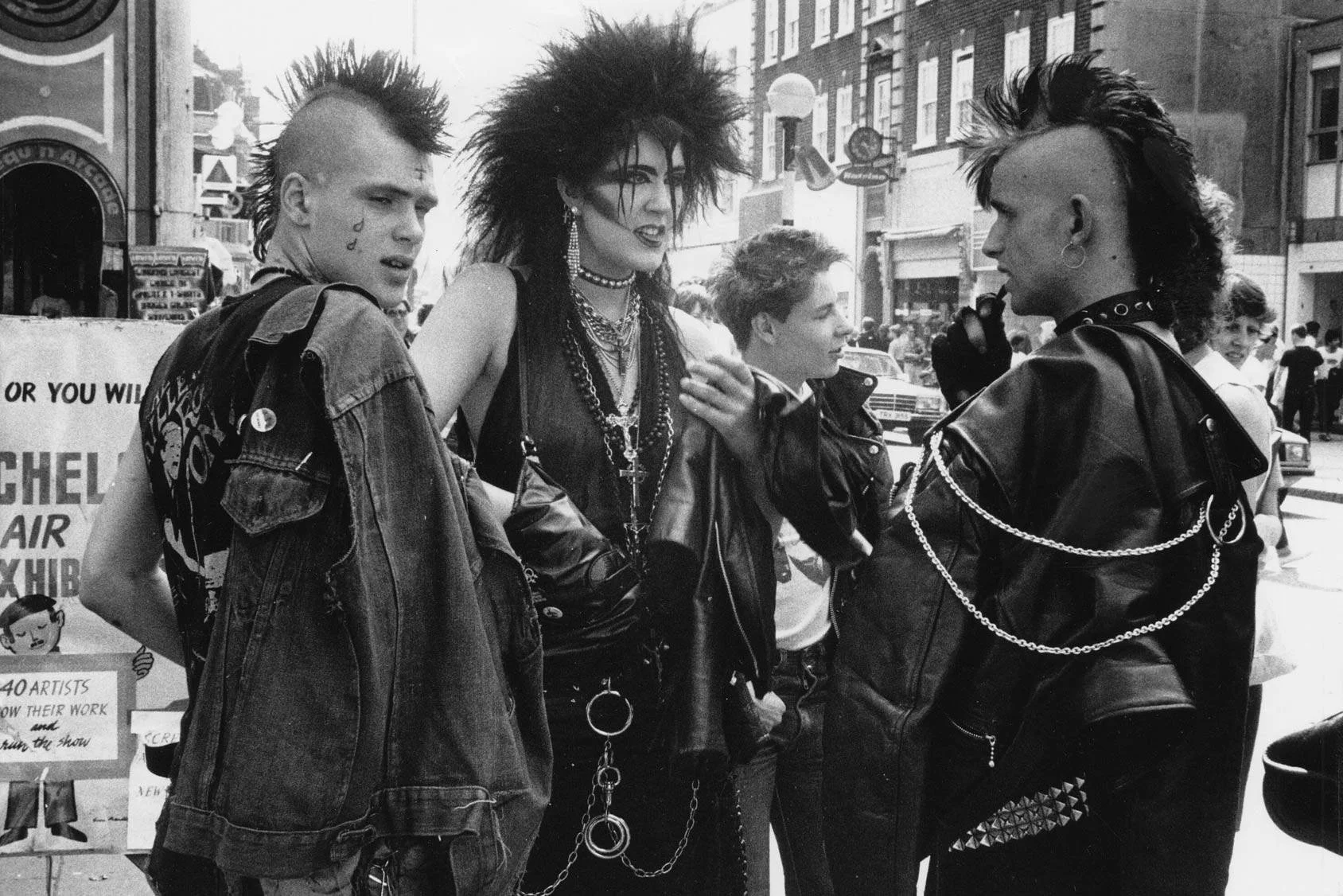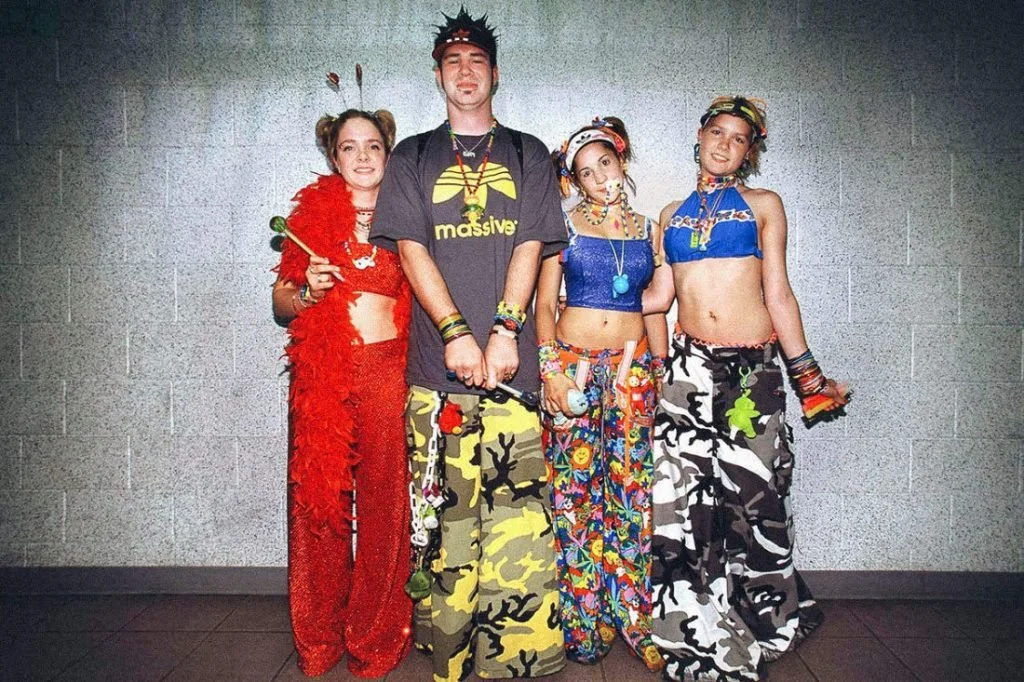RESISTANCE! The Cross Roads of Rave Culture and Fashion
Credit: Exist to Resist by Matthew Smith
During the 1980s, Chicago and Detroit saw the birth of new musical styles that would introduce a new way of resistance through art. Detroit saw the birth of the house movement, and Chicago led the Techno wave. These spaces were built to harbor safe spaces for all people groups and cultures, and focused not on who the participants were but what sound they brought. As long as you accept and welcome everyone, these spaces will do the same for you. This attracted people from all walks of life and led to African American and Queer People to become the building blocks of the scene. Little did people realize this would birth a culture that would span now 45 years of the same idea, which would be dubbed the rave scene. A scene that garnered major concern from Governments across the world and would even see legislation attempt to penalize the scene, with numerous US politicians saying if it were up to them, they would throw anyone who attends a rave straight in Jail. No one truly can reason why this scene created such pressure felt by Governments, but it did.
But as with any form of resistance, once it had built a cult following, a new style of fashion emerged to “partner” with the scene and increase its visibility. Much like it had in the 1920s with jazz music, also in the 1960s with the birth of hippies and psychedelic rock, and again in the 1970s with the punk movement. There are few things as ancient as the clothing you were being a way of expressing intense emotion and conveying your state of being and cause. This goes back throughout humanity in pre BC times, you would have people rip their clothing and wear nothing but sackcloth to express grief and anger. In the Middle Ages, clothing was strictly used to portray social status, and laws were enacted to prevent other classes from wearing certain garments. During the 1980s, feminists would adorn all black outfits with Gorilla masks to go about protests, combating sexism and racism within the art world.
Credit: anarchyuksite.wordpress.com
Besides a few further examples in modern times, a large majority of the time fashion tied itself to a cause of resistance it typically following suit with a new music scene that the movement is tied to. Rockers, Hippies, Punks, all of these groups of people would not be what they are and what they wear without the music that was backing the style and personality. Fashion has long since been a form of resistance and used to challenge norms of style and expectations. Music has found itself in a very similar space throughout its history. Both also exist in modern day as methods of displaying personality and your personal social group, thus you often find music being used as a vessel for fashion to be used as a channel of resistance.
Credit: Escape Festival
Rave culture expressed its fashion less seriously, intending to take life less seriously and more freely. It allowed its wearers to embrace bright and neon colors that most other scenes found childish and ugly. But the culture felt welcoming for any self-expression, in which the trend seemed to be attempting to push the color palette to the extreme. It has changed over time, but has seen the colors and freedom stay consistent from the beginning to today. This movement, which paired a similar rise to that of hip hop, saw an early, strong embracing of street wear, but with a far different pattern, opting for off-brand goods, wild patterns, and just seeking as much color as possible.
But despite the wear of the rave attender changing the goals of the scene have not changed. It still pushes its tried and true message of welcoming and diversity, and the attendees still push for the acceptance and representation that the culture is rooted in, despite moves of Corporatism encroaching into the realm with a business-first mindset for raves more as concerts than communal events. This even pushes over more into clothing as rave wear has become an entire industry in fashion, further severing the culture from its roots. Slowly, rave culture is losing its true identity of being for the community to provide safety and happiness, but the core values of the resistance still remain strong today, and part of this reason is the clothing that the average attendee may find themselves gravitating towards.



